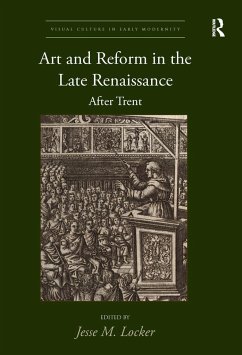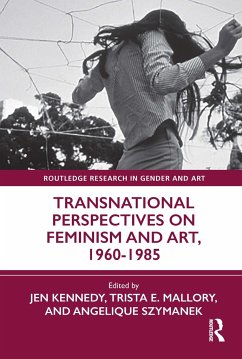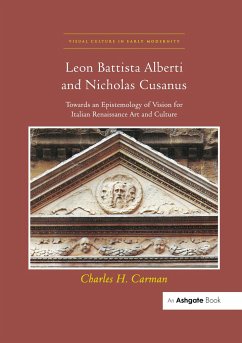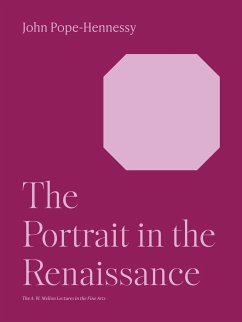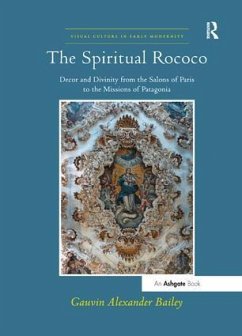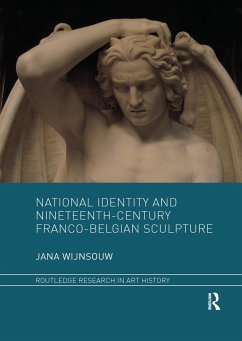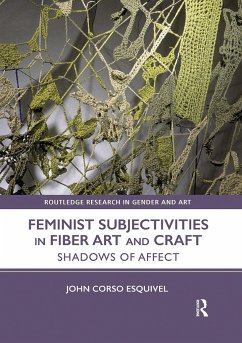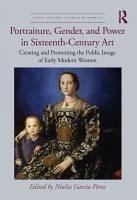
Portraiture, Gender, and Power in Sixteenth-Century Art
Creating and Promoting the Public Image of Early Modern Women
Herausgeber: García Pérez, Noelia
Versandkostenfrei!
Versandfertig in 2-4 Wochen
201,99 €
inkl. MwSt.

PAYBACK Punkte
101 °P sammeln!
This exciting and wide-ranging volume examines the construction and dissemination of the image of female power during the Renaissance.



